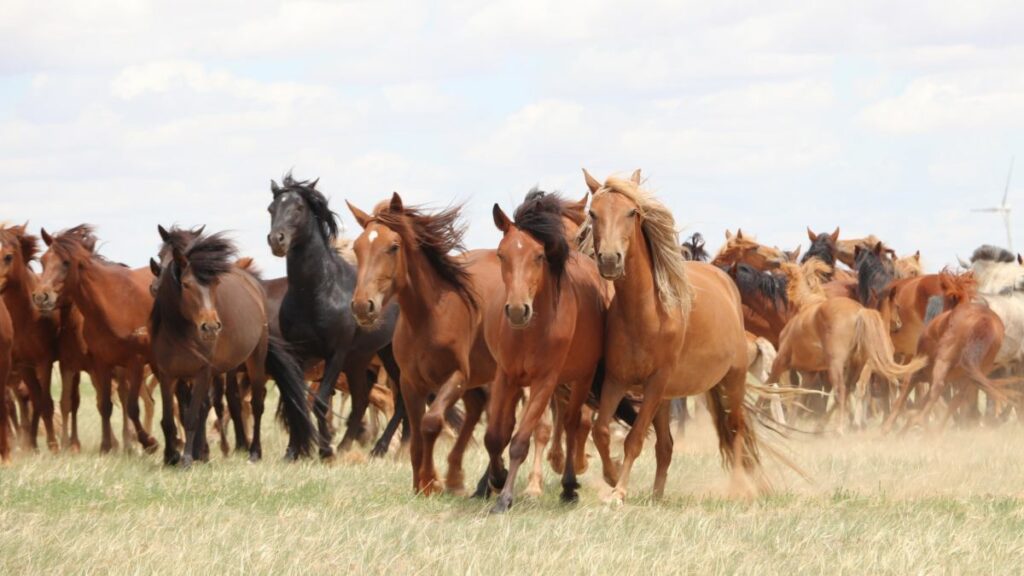The moment domesticated horses changed the course of human history is now revealed

Sign up for CNN’s Wonder Theory science newsletter. The spread of domestic horsesEurasia was once the home of genetically distinct horse populations, but a dramatic shift occurred between 2000 BC and 2200 BC, the researchers said. A dominant genetic horse population appeared on the Western Eurasian Pontic-Caspian steppe of North Caucasus, east of the Dnieper River within the Don and Volga basins. This area is now part of Russia. This horse population then spread out and replaced the wild horse groups roaming across Eurasia within centuries.”What our data show is that between 4,600-4,200 years ago, herders located in the Don-Volga region found a way to increase the local horse reproductive pool,” Orlando said. “That means that they could reproduce more and more such horses generation after generation. They also selected horses with specific traits.”Within the horses’ DNA was evidence of domestication, including genes associated with more docile behavior, endurance, stress resilience and a stronger backbone to support more weight. All of these are connected with horseback riding in modern animals.Orlando and his team used innovative DNA techniques to distinguish this early horse population from so many others. The researchers want to eventually understand the entirety of how horses were domesticated, something Orlando and his colleagues are focusing on through the “Even though we now know (where) domestic horses first emerged, the whole process of their expansion around the world and their breeding history into the hundreds of different types that we know today remains contentious,” Orlando said. “Additionally, the horse was equally the animal of farmers, warriors and kings; they were found in rural and urban contexts alike, and in extremely diverse environments, from the coldest Siberian range to the Nepalese mountains. We want to track how these various contexts have reshaped the horse biology.”







